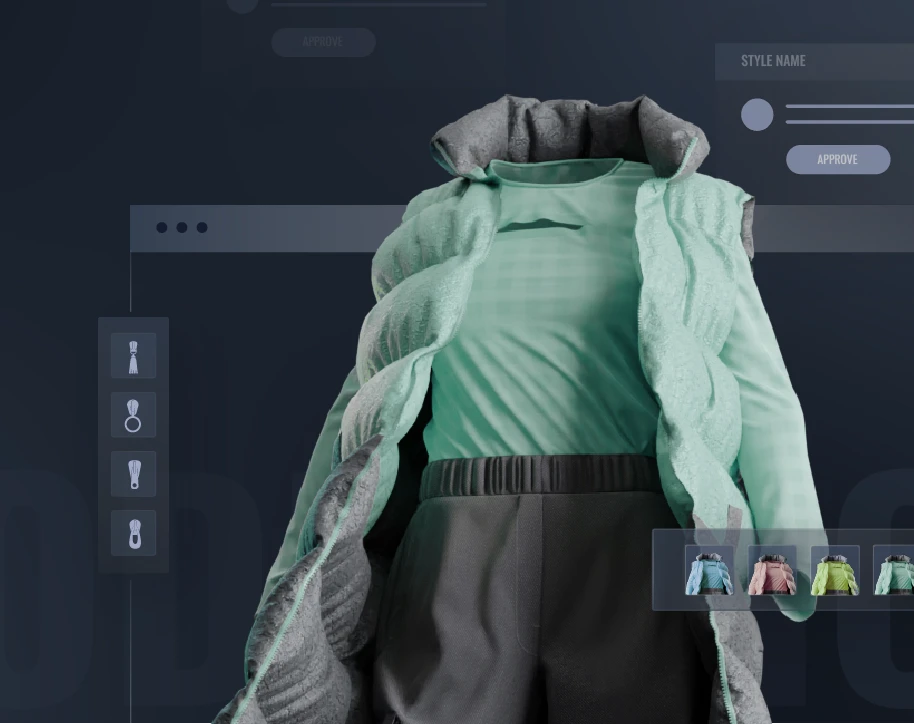What is the Best 3D Fashion Design Software?
Discover the best 3D fashion design software, explore features, benefits, and how these tools boost creativity and efficiency.
June 1, 2023

In an era where sustainability is a critical concern, the fashion industry is actively seeking innovative solutions to reduce its environmental footprint. Enter the realm of 3D technology – a game-changer revolutionizing the way clothing is designed, produced, and consumed. This blog post delves into the pivotal role of 3D technology in promoting sustainability within the fashion industry.
Traditional clothing design methods often involve extensive material waste, high energy consumption, and an increased carbon footprint. However, with the emergence of advanced 3D clothing design software, designers can now create intricate, detailed garments virtually. This digital approach significantly reduces the need for physical prototypes, minimizing material waste and energy consumption. Browzwear’s 3D fashion design software, recognized as one of the best in the industry, empowers designers to craft and visualize their creations in a virtual environment, optimizing the design process and eliminating the need for countless physical samples.
The best 3D software for fashion design, such as Browzwear’s tools, streamlines the production process by allowing for accurate digital prototyping. This not only accelerates the design phase but also facilitates better communication among stakeholders, reducing errors and subsequent iterations. Through digital clothing design software, manufacturers can forecast garment drape, fit, and overall aesthetics without producing numerous physical samples, leading to a substantial reduction in both material waste and energy consumption.
Embracing 3D apparel design software significantly minimizes the environmental impact caused by traditional manufacturing processes. By integrating digital fashion design software into the production cycle, companies can cut down on transportation costs, carbon emissions from sample shipping, and the overall environmental strain associated with mass production. The efficient use of resources and the ability to simulate designs digitally before physical production contribute to a notable reduction in greenhouse gas emissions, aligning with sustainability goals.
The emergence of 3D fashion design apps and digital fashion software has paved the way for innovation in sustainable fashion. Designers can experiment with materials, textures, and styles virtually, fostering creativity while reducing the reliance on physical samples and, consequently, minimizing the fashion industry's environmental impact.
The adoption of 3D technology in fashion design is not merely a trend but a transformative shift towards a more sustainable industry. The utilization of 3D fashion design tools offers an opportunity to embrace circularity, reduce waste, and meet consumer demands for eco-friendly fashion.
The integration of 3D technology into the fashion industry through innovative software solutions such as Browzwear's suite of tools is a significant step towards achieving sustainability. Digital clothing design software not only optimizes the design process but also significantly minimizes the environmental impact of fashion production. As the industry continues to evolve, embracing 3D technology will be fundamental in creating a more sustainable and eco-conscious future for fashion.
Discover the best 3D fashion design software, explore features, benefits, and how these tools boost creativity and efficiency.
Explore our guide to 3D fashion design: uncover top software, techniques, and benefits, and see how 3D tech transforms design, production, and...
Learn how to integrate fashion PLM with 3D design software to streamline workflows, boost collaboration, and speed up product development.